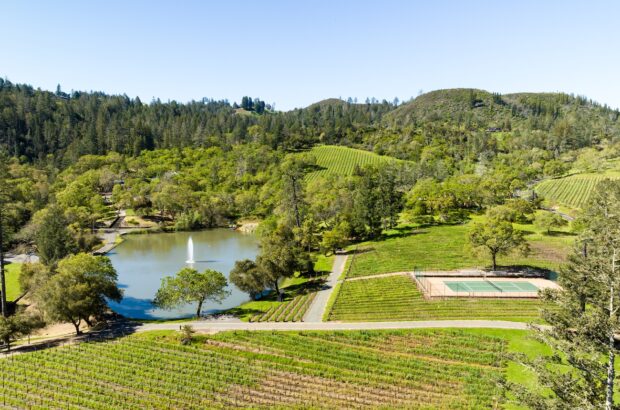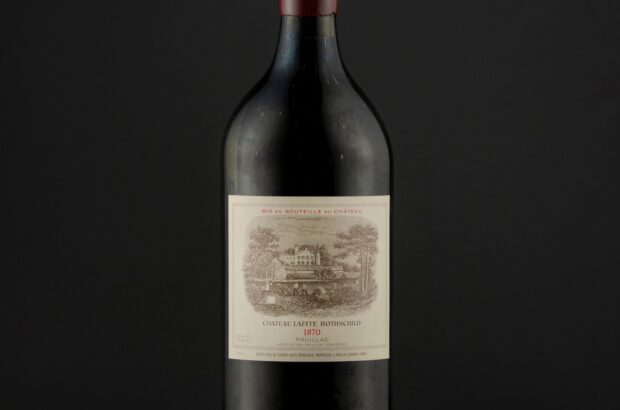A volcanic eruption in the Canary Islands has resulted in burned vines, affecting harvest and production on the Spanish island of La Palma.
Federico Luis Simon Rodriguez, winemaker and co-owner at Tamanca winery and restaurant, had to flee his home and winery in the municipality of El Paso, in the wake of the lava flow and ash resulting from the volcano eruption, which has damaged 320 buildings and homes since Sunday.
‘We’re in a state of shock. Federico had to leave his home. The restaurant is closed,’ Marta Simon Rodriguez, sister-in law of Federico Luis Simon Rodriguez, told Decanter.
Adalberto Martin, chairman of La Palma DO’s wine regulatory board, said Tamanca winery had no electricity running, with La Palma authorities having cut electricity supply in affected areas as a safety precaution.
Tamanca feared that it won’t be able to carry out cold fermentation, he told Decanter.
The lava flow, which is as much as 12m high, now covers 154ha of land, the Canary Islands Volcanology Institute and Copernicus, Europe’s Space Agency said on Wednesday.
Sixty of La Palma’s 871ha of vineyards have been damaged by the lava flow and ash, according to agricultural organisation Coag-Canaries.
Winemaker Victoria Torres Pecis, who told Decanter she had discontinued her harvest on Monday, said the closure of ash-covered roads was causing logistical issues for producers. She said she had more than 2ha of grapes left to pick.
Martin, meanwhile, added that while vines had been burnt, most of the vineyards ‘remained intact’.
However, the volcano’s eruption comes after a heatwave in mid-August that destroyed between 80 and 90% of Malvasia grapes.
‘In recent years we’ve had milder winters, so the heatwave destroyed grapes grown on vines that were already stressed,’ Martin said. He added that it had also damaged vines on the southern slopes of Tenerife, La Palma’s sister island.
Faced with frequent eruptions of Sicily’s Etna, which erupted on Tuesday (21 September) for the 51st time this year, Federico Lombardo di Monte Lato, chief operating officer at Firriato Winery, said the Etna DOC wine board was planning to conduct research into how ash can affect the efficiency of photosynthesis during the phenolic development stages of leaves and grapes, as well as protecting them from sunburn.
Guilia Monteleone, owner of the Monteleone winery, whose vineyards are located on Etna’s northern slopes, said: ‘There was a huge explosion. It was scary, and bigger and louder than usual, but not dangerous.’







